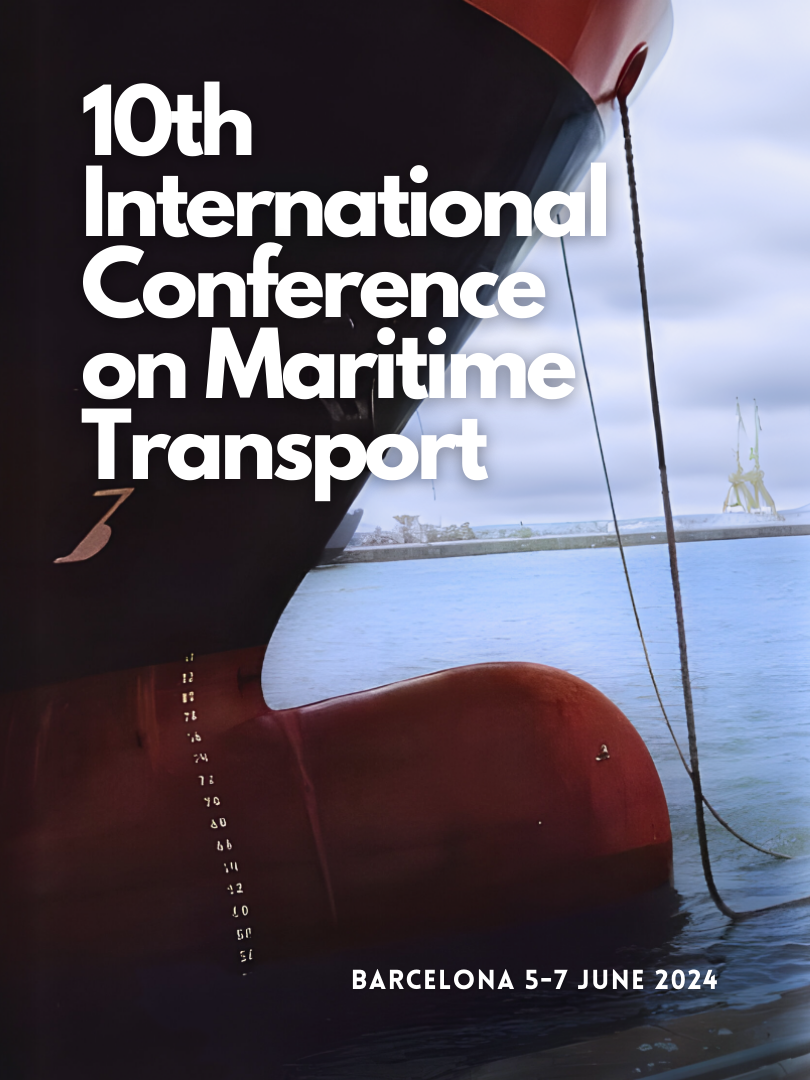CHARACTERIZATION OF TUGBOATS ACTIVITY WITHIN SPANISH PORTS
DOI:
https://doi.org/10.5821/mt.13191Keywords:
tugboats, emissions, manoeuvre, portAbstract
The maritime industry's vital role in global trade contrasts with its significant greenhouse gas emissions. Pollution emitted from ports comes from different sources, one of which is merchant ships constantly docking and undocking and other auxiliary port vessels working continuously throughout the year (e.g., pilotage vessels, bunkering barges, vessel-generated waste collection services, mooring and unmooring services and port tugs). Port tugboats sail between terminals and provide docking, undocking and removing merchant ship services. This leads to a high variability on tugs’ manoeuvres. The first and most representative characteristic of a tug’s manoeuvre is the vessel in need of the service (e.g., ship particulars, cargo carried or mooring zone, among others), which usually defines the type of manoeuvre and the number of tugs needed. This study presents the initial phase of the research project TUG-EMI (Optimizing in-port tugboats emissions) aiming at reducing in-port emissions by optimizing tug’s manoeuvres. At this stage, the project focuses on characterizing tug manoeuvres within Spanish ports by combining a general overview of tug characteristics and prescriptions of port tugboat services in Spain, incorporating insights from stakeholder interviews. Tug shipmasters and chief engineers with a large experience are interviewed, aiming to obtain detailed information of how manoeuvres are performed and how to characterize them.













